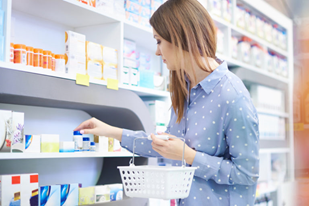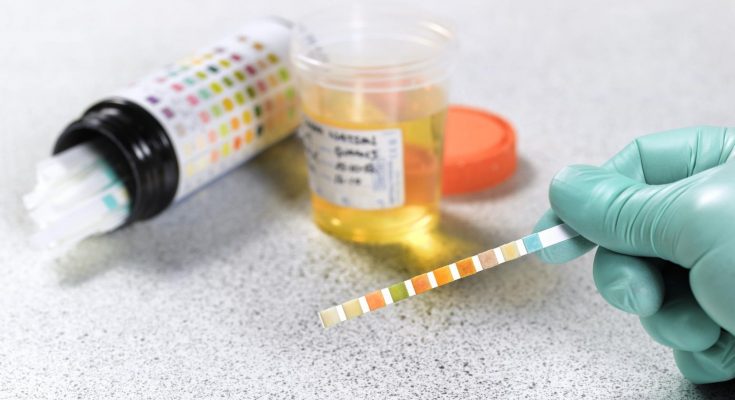Sometimes, friends, parents, or other family members who have concerns about a loved one abusing drugs or alcohol want a sure way to determine whether their suspicions have any substance. In those cases, these family members may decide to buy and administer an at-home drug test to get the evidence they’re searching for.
However, there are several concerns about at-home drug tests, including potential for cheating, questionable accuracy, and the prevalence of false positives. In order to mitigate these problems, it can help to understand the steps that are likeliest to result in an accurate test – steps that can make sure a loved one is treated justly, and the test doesn’t leave more doubts than answers.

At-Home Drug Tests
In recent years, at-home drug tests have become a popular way for parents to determine whether their teenagers are using drugs. Parents are using the tests for several reasons:
- To ascertain a suspicion about a child’s drug use
- To bar a child from engaging in drug abuse, to begin with
- To enforce abstinence for a child who has been found using drugs
By utilizing at-home drug tests, parents hope that their children will be hesitant to use drugs since they know that they will be tested for use.
Popular tests include various methods of testing for drugs. These include:
- Urine
- Breath
- Saliva
- Blood
- Hair
Each test type has varying levels of accuracy. Urine, saliva, and breath tests can provide more immediate results but maybe less accurate; blood and hair tests can be more reliable, but they require a lab to analyze the results.
Professional tests through testing facilities are more reliable than any of these, and they also have measures to prevent cheating or tampering with the results. In addition, studies, such as one from the journal Pediatrics, have shown that these tests can be extremely unreliable – a situation that can result in even worse problems for the child if the result comes out wrong. Professional testing can help to avoid the issues that can arise from an inaccurate home test.
Using an At-Home Drug Test
Here are some steps that can improve the outcome
Step 1: Make sure the test is reliable.
Before purchasing an at-home drug test kit, check into its reliability. Most important, as described by the US Food and Drug Administration (FDA), is to be sure that the kit actually tests for the drugs that are suspected of being used. It’s also good to be aware that a number of these tests have not been reviewed or tested for accuracy by the government or scientific research, which could lead to a test that gives an incorrect result. Verifying that a scientific body has approved the test can help to avoid this issue.
It’s important to realize before the test is performed, that these tests are qualitative, not quantitative. They can detect substances of abuse, but are unable to provide information as to how much of the substance there is. Some of these types of tests may include an option to send a positive result into a lab for further testing to get more detail. This can be an important element of the selected test for several reasons, which are discussed in some of the following steps.




